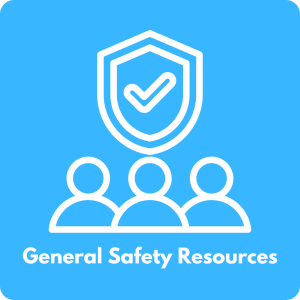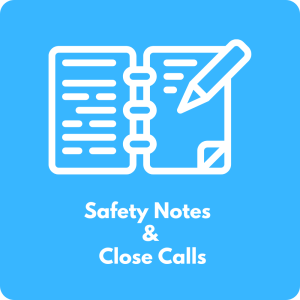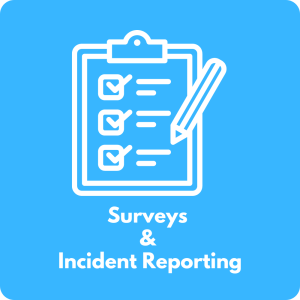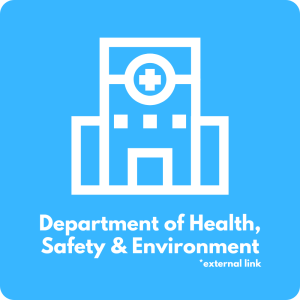New to JHU?
Are you a researcher on campus looking to practice good techniques in your lab? For now, we recommend that at a minimum, you review the information in the online Introduction to Laboratory Safety course, available on the JHU myLearning portal. This is accessible from your my.jhu.edu page, on the Education tab.
First-year graduate students should take EN500.601 — Research Laboratory Safety. This 1-credit course is offered in both the Fall and Spring semesters. This class covers lab safety information and its application to real-world lab experiments. It is open to students from both the School of Engineering and the School of Arts & Sciences.





